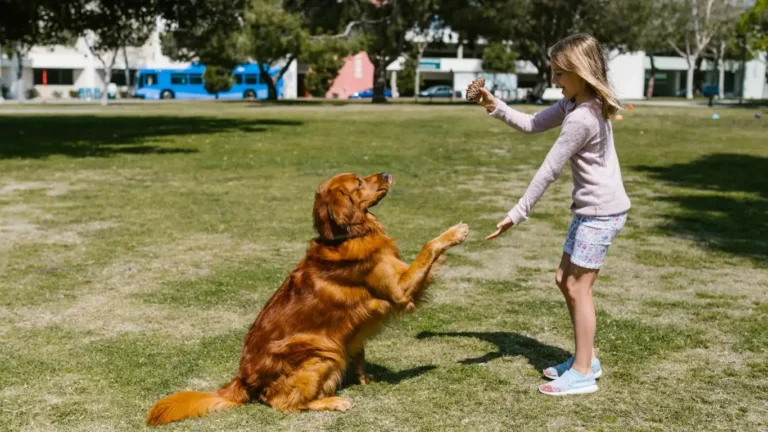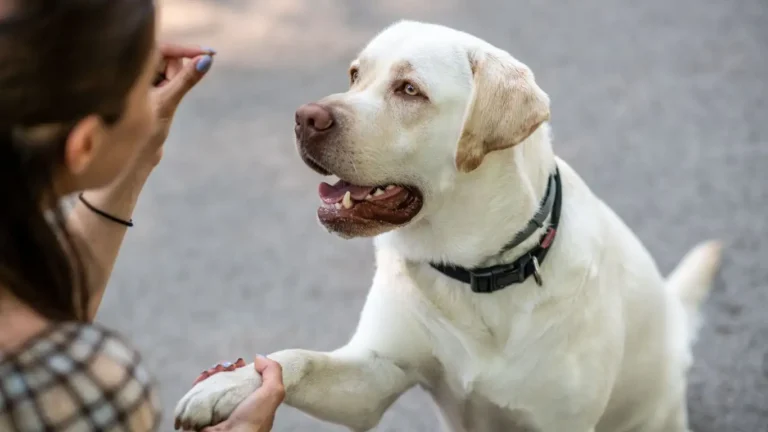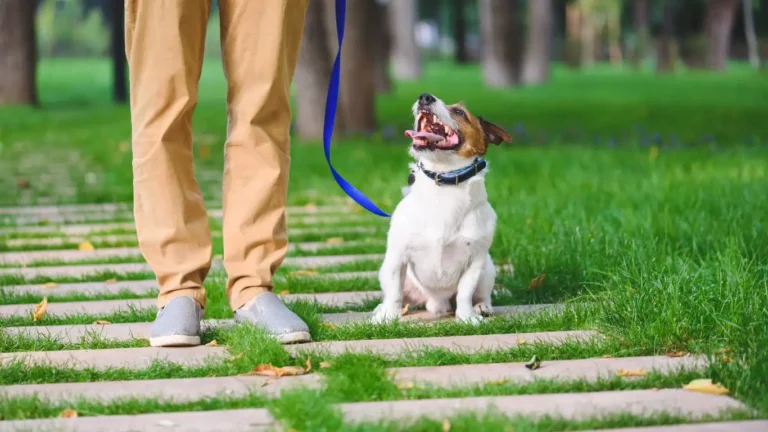Best Ways to Encourage Good Dog Behavior That Actually Work
As a Veterinary Technician/Nurse who’s spent a whole lot of time elbow-deep in dog care (and occasionally covered in fur, drool, or worse), I’ve picked up some seriously valuable tips on the best ways to encourage good dog behavior. Whether you’re raising a wild little pup or trying to fine-tune the manners of a mature mutt, it’s all about understanding what drives them, setting clear boundaries, and using the right kind of motivation. Trust me, good behavior doesn’t just “happen” — it’s built. And no, you don’t need to be a professional dog trainer to get results. With a bit of consistency, patience, and a pocket full of treats (seriously, don’t underestimate the power of snacks), you’re well on your way to living your best dog-parent life.
Why Behavior Starts With Trust

Before we even get into the nuts and bolts of obedience cues, training routines, or leash manners, let’s talk about trust. In my experience working with dogs in clinical and home settings, I’ve noticed something huge: the dogs that trust their humans behave better. Period.
Think about it—if your dog feels safe, understood, and respected, they’re way more likely to listen. This goes both ways too. When we understand their language (like body posture, stress signals, and tail-wag nuances), it’s easier to respond in ways that build that bond instead of breaking it. That trust foundation? It’s step one.
Ways to Build Trust Daily
- Stick to a routine – Dogs thrive on predictability. Feeding times, potty breaks, walks—consistency equals security.
- Use positive reinforcement – Always reward the good. If they sit instead of jump, that’s a win. Celebrate it.
- Respect their boundaries – Not all dogs want belly rubs 24/7. Learn what makes them comfortable and what doesn’t.
- Speak calmly – Dogs read our energy. If you’re anxious, frustrated, or yelling, they pick up on that—and it affects their behavior.
Consistency Is Your Secret Weapon
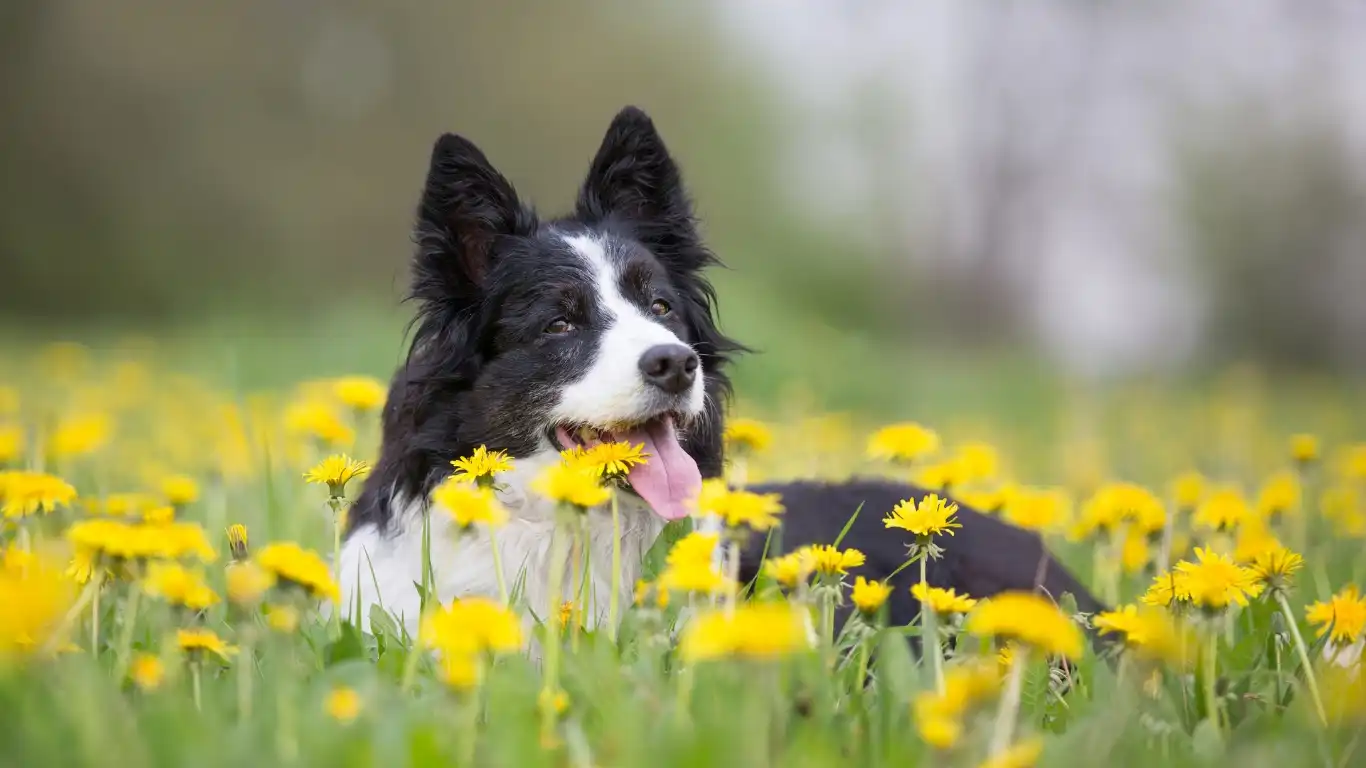
This might sound boring, but it’s the magic ingredient: consistency. I can’t count how many times I’ve seen dogs act “naughty,” only to realize they’re just confused. One day it’s okay to jump on the couch, the next day they’re in trouble for it. Imagine the mixed signals! If we’re not being clear and consistent with rules, we can’t expect our dogs to follow them.
Set Clear House Rules (And Actually Stick to Them)
- Decide what’s allowed and what’s not – Couch privileges, begging at the table, sleeping in your bed—your house, your rules. Just keep them the same every day.
- Use the same commands – If you say “Down” for laying down one day, and “Lie down” the next, your dog’s going to get confused. Pick one and stick with it.
- Get everyone on the same page – If you live with others, make sure everyone uses the same rules and cues. Dogs aren’t mind readers (but sometimes they’re close).
In my clinic days, I’d often hear pet parents say, “He only listens to my husband!” Nine times out of ten, it came down to one person being more consistent than the other. It’s not favoritism—it’s just clarity.
Rewarding Good Behavior the Right Way

Alright, let’s talk treats. Positive reinforcement is your best friend when it comes to encouraging good dog behavior. I’ve worked with countless dogs, and let me tell you, food is often the fastest way to their heart (and their brain). But it’s not just about tossing them a biscuit every time they sit—it’s about timing, tone, and the type of reward.
How to Make Rewards Work for You
- Use high-value treats – Dry kibble might not cut it. Go for something special: tiny bits of cheese, freeze-dried liver, or cooked chicken work wonders.
- Mark the behavior – Use a clicker or a clear verbal marker like “Yes!” the moment they do the right thing. This helps them connect the dots faster.
- Vary the rewards – Sometimes a treat, sometimes a toy, sometimes verbal praise. Mix it up so your dog stays motivated.
From a vet tech perspective, I always stress to pet parents: reward the calm, the quiet, and the good stuff—don’t just react to the bad. Your dog lays quietly at your feet while you’re on a Zoom call? Reward that. It’s behavior you want to see more of, right?
Common Mistake: Accidental Reinforcement
Sometimes, without even realizing it, we reinforce the behaviors we’re trying to stop. I once had a client whose dog barked like crazy for attention—and every time, she’d talk to him, tell him to stop, or even pet him to soothe him. Guess what that taught him? Barking = attention. Whoops.
The trick is to reward what you want and ignore what you don’t (when it’s safe to do so). Silence can be powerful. Combine it with redirection, and you’ve got a behavior change brewing.
Setting Realistic Expectations for Your Dog
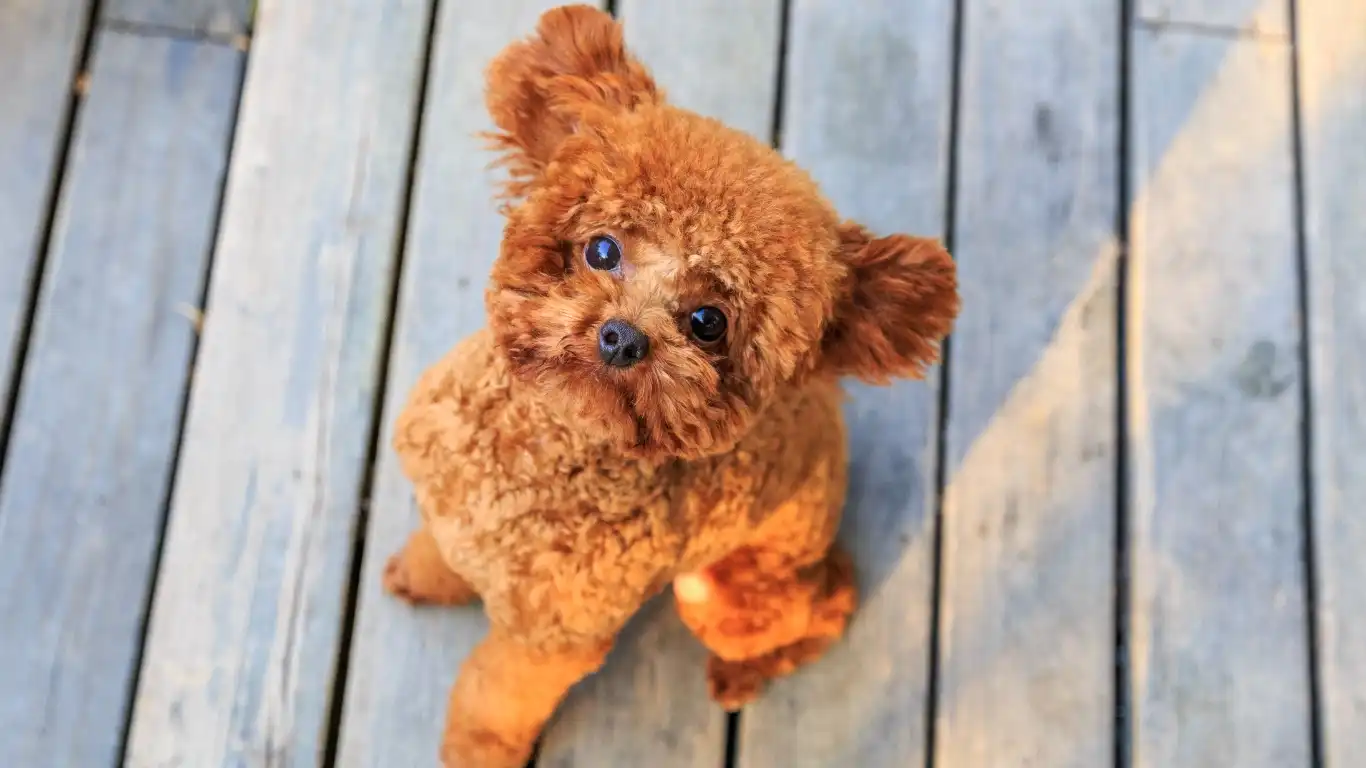
Here’s something I’ve told pet parents probably a thousand times: dogs aren’t robots. They’re living, breathing, emotional little beings who have good days, off days, and sometimes just plain chaotic ones (honestly, kinda like us). So when we’re looking at the best ways to encourage good dog behavior, we’ve also got to talk about setting realistic expectations.
I had this sweet client once who brought in a high-energy border collie. She was frustrated because he wouldn’t “just chill” after one walk. The thing is, her dog was bred to herd sheep for 8+ hours a day. A quick stroll around the block wasn’t gonna cut it. Once we upped his enrichment and exercise? Game-changer.
Know Your Dog’s Breed & Personality
- Working breeds need a job – Think border collies, huskies, shepherds. These dogs thrive with structure, activity, and mental tasks.
- Laid-back breeds aren’t always lazy – Even the couch potatoes still need stimulation and social time. Don’t let low energy fool you into neglecting engagement.
- Age and health matter – A 3-month-old puppy and a 9-year-old senior won’t have the same capabilities—or behavior patterns. Adjust accordingly.
Behavior problems often come from unmet needs. If your dog’s acting up, instead of labeling it “bad,” ask what’s missing. Nine times out of ten, you’ll find an answer.
The Importance of Mental Enrichment
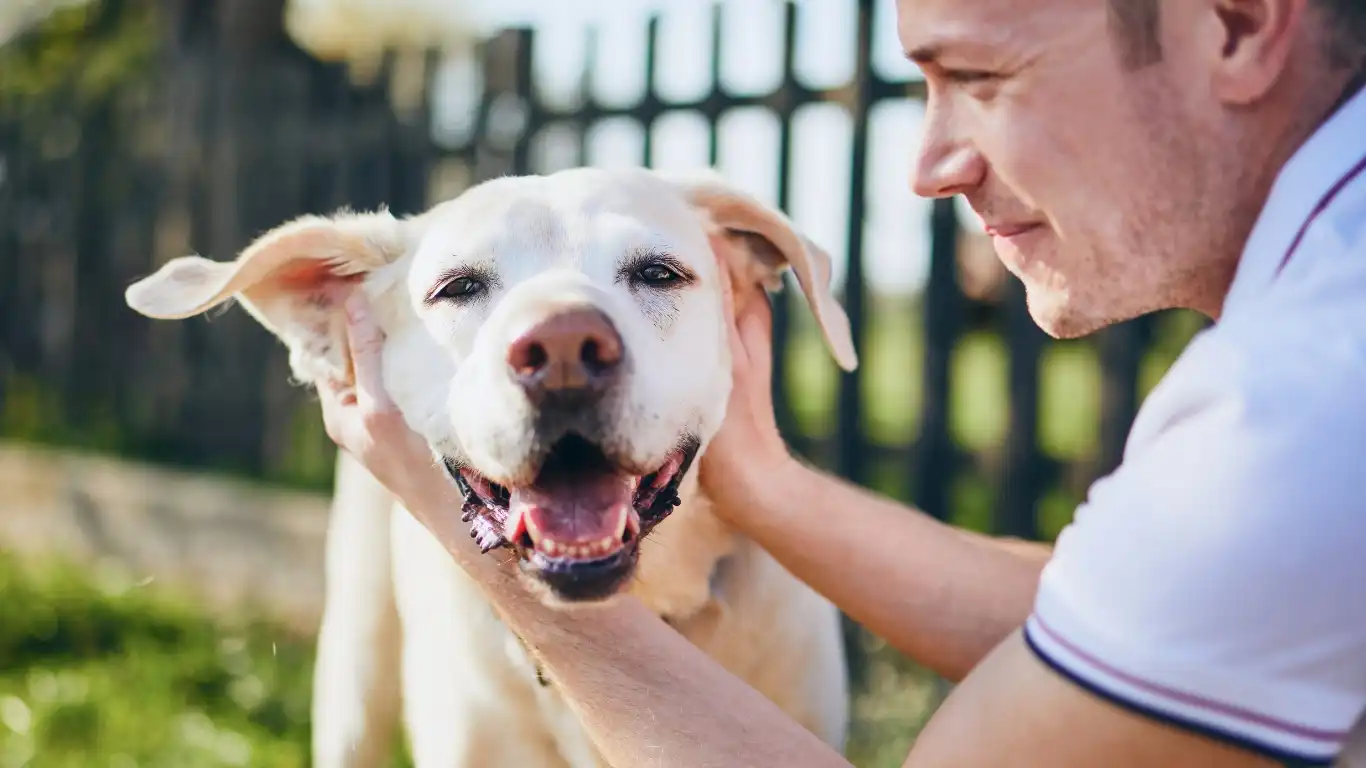
This one’s close to my heart because it’s one of the most overlooked pieces of the puzzle. We all know our dogs need walks, playtime, and the occasional game of fetch. But what about their minds? Dogs get bored—especially the smart ones. And boredom leads to chewing shoes, counter surfing, and that classic guilty look when you come home to chaos.
Simple Ways to Work Their Brain
- Puzzle toys – Load ‘em with treats or kibble. It forces your dog to problem-solve, and they burn mental energy while they snack.
- Sniffari walks – Ditch the “heel” command once in a while and let them sniff their way around the block. It’s like reading the neighborhood newspaper for dogs.
- Training games – Practice new commands or teach fun tricks like “spin” or “touch.” Engagement = less trouble.
- Hide-and-seek – Seriously, hide behind a door and call your dog. Watch the joy. Bonus points for hiding treats around the house too.
In my nutrition consults, I’ve even recommended food-dispensing toys to dogs who eat too fast or seem constantly hungry. Two birds, one enrichment-filled stone.
Correcting Behavior Without Intimidation

One thing I’ve always stood by as a vet tech: fear-based training doesn’t work long-term. It might stop the behavior in the moment, but it chips away at your dog’s trust—and that leads to a whole new set of problems. We’re not just trying to stop a behavior; we’re trying to raise a confident, secure pup who actually wants to cooperate.
Use Redirection Instead of Punishment
Dogs repeat what gets reinforced—so if they’re doing something you don’t want (like jumping on guests), focus on what you do want them to do instead. Here’s how I usually coach clients through it:
- Interrupt calmly – Use a neutral sound or a light “uh uh” to get their attention.
- Redirect immediately – Ask for a sit, down, or go to place. Give them a job to do.
- Reward the better choice – Once they follow through, praise and treat. That’s what they’ll remember.
Remember, dogs aren’t being “bad” on purpose. They’re trying something to get a need met. When we stay cool and offer them a better option, they learn faster and trust more.
Socialization That Builds Confidence

We can’t talk about the best ways to encourage good dog behavior without getting into socialization. But not just “expose them to everything and hope for the best” socialization. I’m talking intentional, confidence-building experiences that help your dog feel safe in new situations.
When I was working with rescues, we saw it all: dogs terrified of strollers, skateboards, or even tall people with hats. Why? Lack of early socialization. And for adult dogs, it’s still possible—it just takes more patience.
Tips for Successful Socialization
- Go at their pace – If your dog seems overwhelmed, take a step back. Forcing it can backfire.
- Pair new things with treats – New sound? New object? Reward them for checking it out calmly. Create positive associations.
- Don’t skip people and surfaces – Expose them to wheelchairs, different flooring (like tile or wood), and even umbrellas. The more they experience safely, the less reactive they’ll be later.
One trick I love? Bring treats on walks and reward your dog for calmly watching other dogs, kids, or cars go by. That moment of calm is golden—mark it and feed it!
As a vet nurse who’s seen her fair share of anxious pups trembling in exam rooms, I can tell you this: confident dogs are happier dogs. And socialization is a huge part of that equation.
Daily Routines That Reinforce Good Behavior
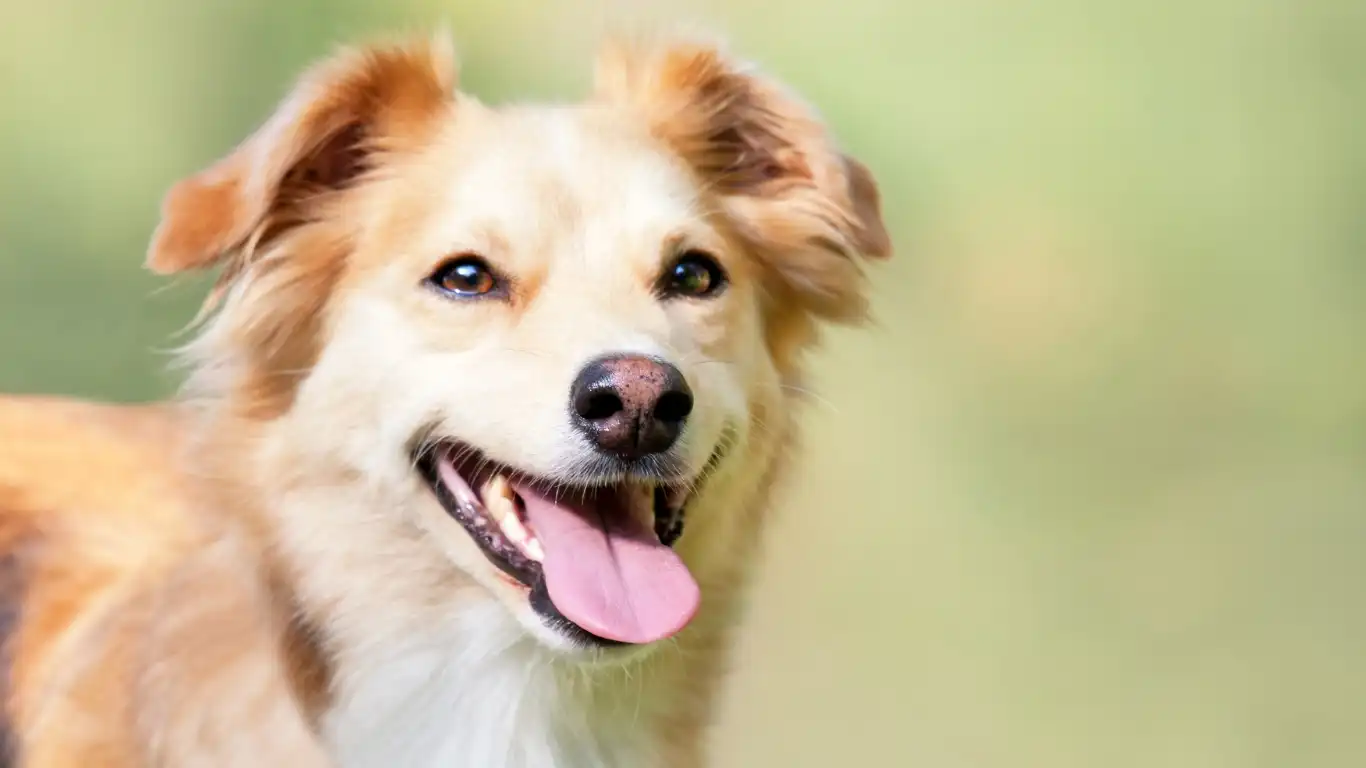
Let’s talk daily life. Because honestly, the best ways to encourage good dog behavior aren’t just about training sessions—they’re about the everyday stuff. Morning potty breaks, feeding routines, that quick moment you pause to make your dog sit before opening the door… all of that adds up.
I always say this to my clients at the clinic and during nutrition consults: your dog learns more from how you live with them than any class or command. If your day-to-day is structured, calm, and full of opportunities to make good choices? That’s gold.
Examples of Daily Reinforcement Moments
- Wait for meals – Teach your dog to sit calmly before eating. It sets the tone for impulse control.
- Controlled doorways – Make them wait or sit before heading out the door. It’s a small routine with big behavioral payoffs.
- Calm greetings – Don’t reward jumping or hyper hellos. Ignore the chaos, reward the calm.
- Leash manners on every walk – Every walk is a training opportunity. Reinforce loose-leash walking consistently.
One of my favorite clients used a simple “say please” strategy—her dog had to sit for everything: dinner, attention, going outside. That one shift changed everything about his behavior. He knew good things came from calm behavior, not demanding or pushy antics.
When to Ask for Professional Help

Alright, real talk—sometimes love, patience, and tasty treats aren’t quite enough. And that’s okay. Knowing when to bring in a professional trainer or behaviorist is actually one of the smartest things you can do as a dog parent.
As someone who’s seen plenty of “DIY behavior fixes” go sideways, I can’t stress this enough: if your dog is showing signs of aggression, intense fear, or extreme anxiety, don’t wait. Early intervention can prevent things from escalating.
Red Flags That Warrant Help
- Resource guarding – If your dog growls or snaps when you approach their food, toys, or resting spots, call in a pro.
- Leash reactivity – Lunging, barking, or spinning at the sight of other dogs or people isn’t just stressful—it’s dangerous if unmanaged.
- Separation anxiety – Destructive behavior, nonstop barking, or escape attempts when left alone? That’s a big one to tackle with support.
- Biting or snapping – Even “just once” is a sign to seek expert guidance. These behaviors rarely go away on their own.
Look for certified trainers who use positive reinforcement methods. Avoid dominance-based techniques or anything that relies on fear or pain. Behavior change takes compassion, structure, and a whole lot of consistency.
Nutrition’s Role in Behavior

You know I couldn’t finish this without talking about nutrition. As a vet tech specializing in this area, I’ve seen firsthand how what dogs eat can influence how they act. And no, we’re not just talking about weight or energy levels—we’re talking behavior, too.
Just like humans, dogs need the right balance of nutrients for their bodies and minds to function properly. A dog on a poor-quality diet may show hyperactivity, irritability, or even excessive chewing or licking. I’ve worked with clients who swore their dog “just had anxiety”—and after switching to a better diet, the changes were stunning.
Nutrition Tips to Support Good Behavior
- Look for whole food ingredients – Choose foods that list real meats, veggies, and grains you can pronounce.
- Watch for additives – Artificial colors, preservatives, or excess sugar can mess with your dog’s gut and brain.
- Consider supplements – Omegas, probiotics, or calming herbs (like chamomile or valerian) can be helpful—but check with your vet first.
- Stick to regular feeding times – Just like behavior routines, consistent mealtimes support balanced hormones and stable moods.
And if you’re ever unsure about a dog food brand or ingredient, resources like PetMD or NIH can be helpful starting points—though nothing beats a consult with your local vet or a vet nutritionist.
Final Thoughts on Raising a Well-Behaved Dog

So what does it all come down to? The best ways to encourage good dog behavior really aren’t some fancy secret—they’re rooted in empathy, structure, and understanding. You don’t have to be perfect. You just have to be present, consistent, and willing to learn alongside your dog.
I’ve been in this field long enough to know that every dog is different. Some are laid-back cuddle bugs. Others are high-strung tornadoes. But every single one of them wants the same thing: a calm, clear, and loving leader who helps them navigate the world.
Whether you’re raising a pup or reshaping an older dog’s habits, trust the process. Celebrate the small wins. And remember: behavior isn’t about obedience—it’s about the relationship you build every day, in the little moments that make up a life together.
References
Disclaimer
This article is based on my professional experience as a Veterinary Technician/Nurse and is intended for informational purposes only. It is not a substitute for veterinary advice, diagnosis, or treatment. Always consult your veterinarian or a qualified trainer for individual guidance specific to your dog’s needs.


